Nearly a century after James Wallace Black successfully photographed Boston from a hot-air balloon, Malcolm Woronoff soared over the same city, capturing breathtaking detail through a new lens, from a modern platform. But Woronoff didn’t just capture Boston, he meticulously documented landscapes in and around Massachusetts, and eventually down to Florida.
Blending daring piloting skills with visionary artistry, Woronoff founded Aerial Photos International, Inc. (API) in 1953. Over the next fifty years, his images shaped how cities documented their growth, leaving an impressive archive that still fascinates planners, historians, and enthusiasts today.
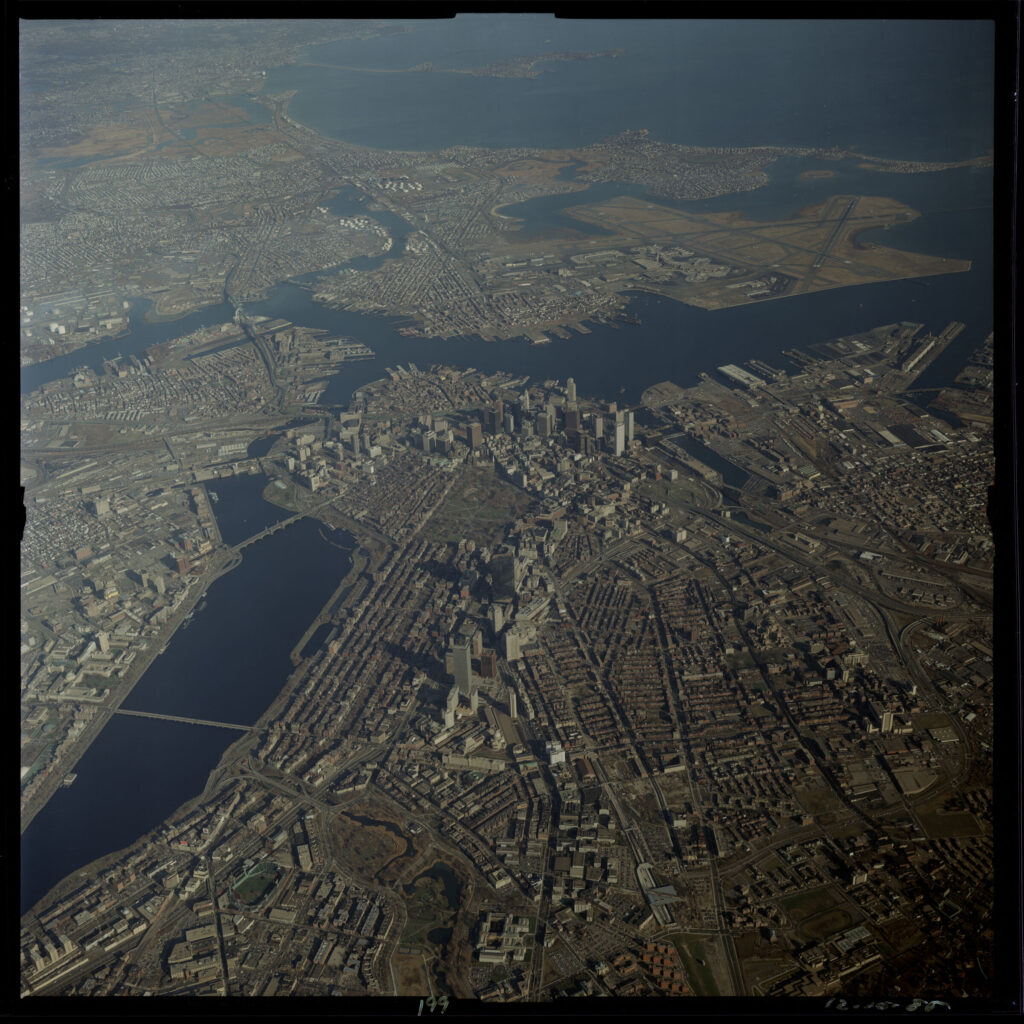
Flight path to innovation
Born in 1928, Woronoff belonged to a generation mesmerized by the possibilities of flight. After graduating from Boston Technical High School, he enlisted in the U.S. Air Force in 1949. Specializing in aerial photography during the Korean War era, he sharpened his skills at Eglin Air Force Base in Florida. After leaving the service in 1952, he transitioned to a photographic engineering role at M.I.T.’s Lincoln Laboratory.
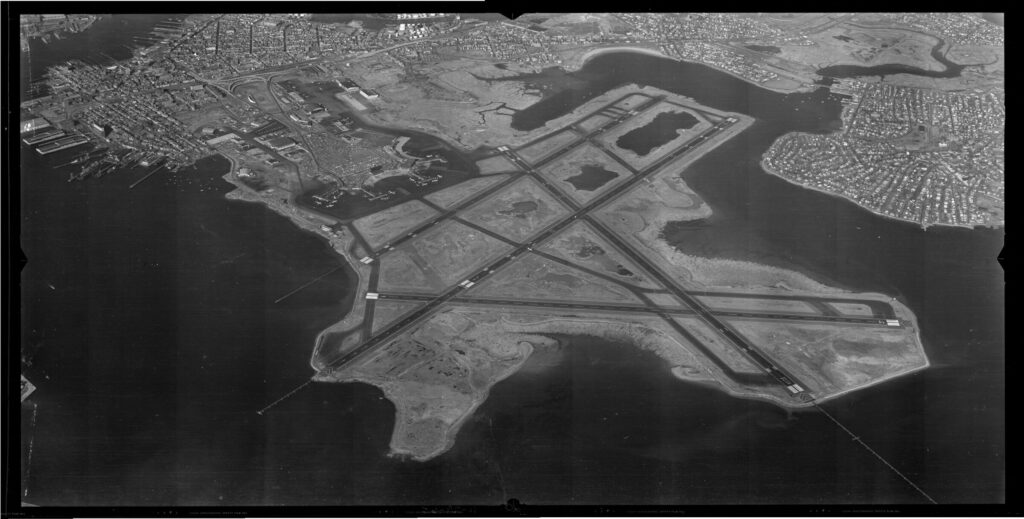
Woronoff didn’t stay long at M.I.T. The very next year, he started API, initially based at Logan Airport in Boston and later expanding to Fort Lauderdale. Alongside his aerial photography career, he was the personal pilot for three Massachusetts governors and also served as Chairman of the Massachusetts Aeronautics Commission.
API specialized in 9×9 and 9×18 photographic formats, which became industry benchmarks, ensuring technical sharpness and utility for urban planners, developers, and geographers. Woronoff creatively adapted an 8×10 Polaroid positive-negative film to fit his specialized 9×9 cameras, allowing him to develop photos mid-flight using a custom-made Polaroid processor
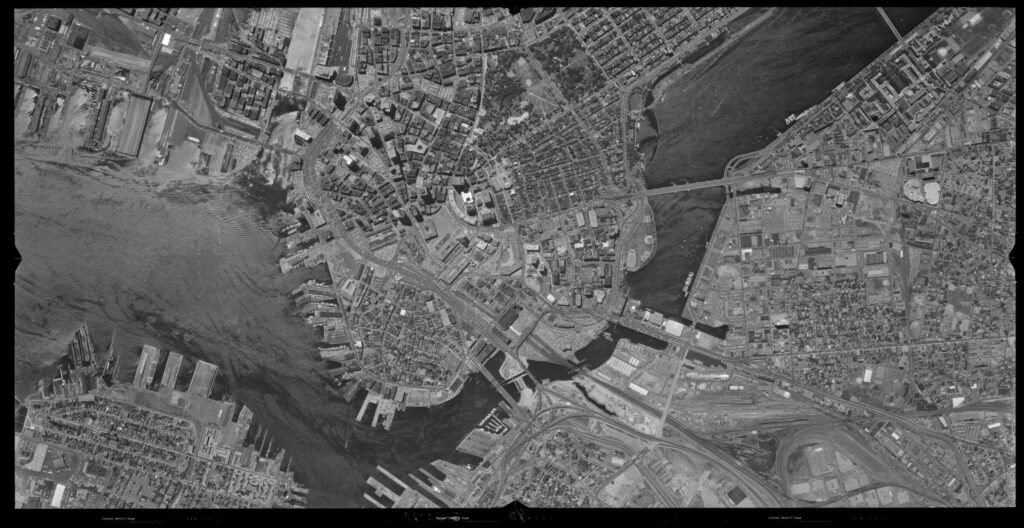
His technical innovations didn’t stop at instant airborne photo development. Woronoff’s work and reputation placed him at the heart of major development projects like Walt Disney World and the expansion of Interstate 4 in Florida. For these, he undertook pioneering infrared photography, notably attaching cooling dewars to his 9×9 camera systems for enhanced infrared imaging. These techniques proved crucial during environmental surveys along Florida’s swampy terrain during the construction of the Florida Turnpike.
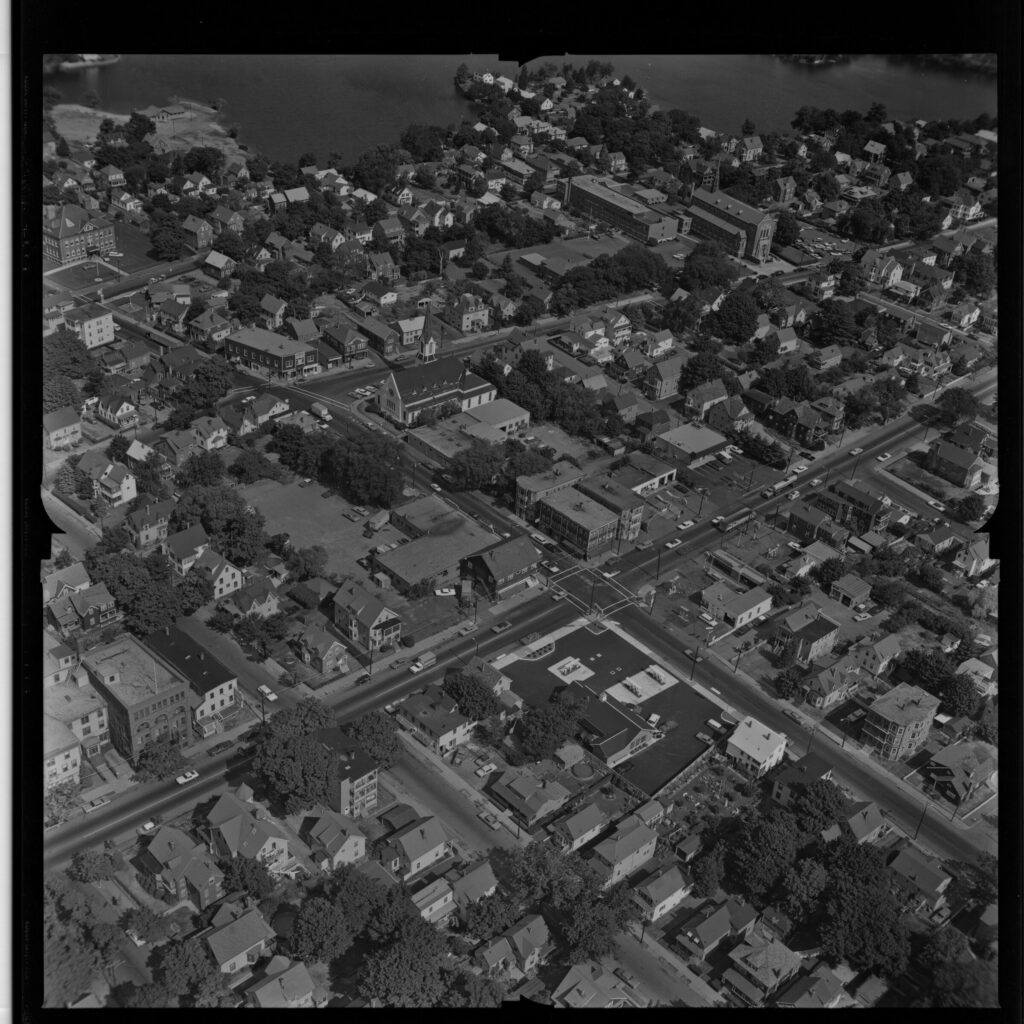
Bold moves above the Magic City
Woronoff’s legend is buoyed by tantalizing stories told to us by colleagues and admirers — stories that blur the line between fieldwork and folklore. For instance, Woronoff occasionally delivered developed photographs by dropping them directly to clients from his plane above Miami, keeping contact with them over two-way radio. If the client wasn’t satisfied, Woronoff simply swung his plane around, reshot the scene, and parachuted down another set of images, all in one airborne trip.
Such escapades might have skirted the edges of legality, but they showcased his boldness and commitment to customer satisfaction. These accounts underscore the mystique of a man who operated comfortably at the intersection of precision and legend.
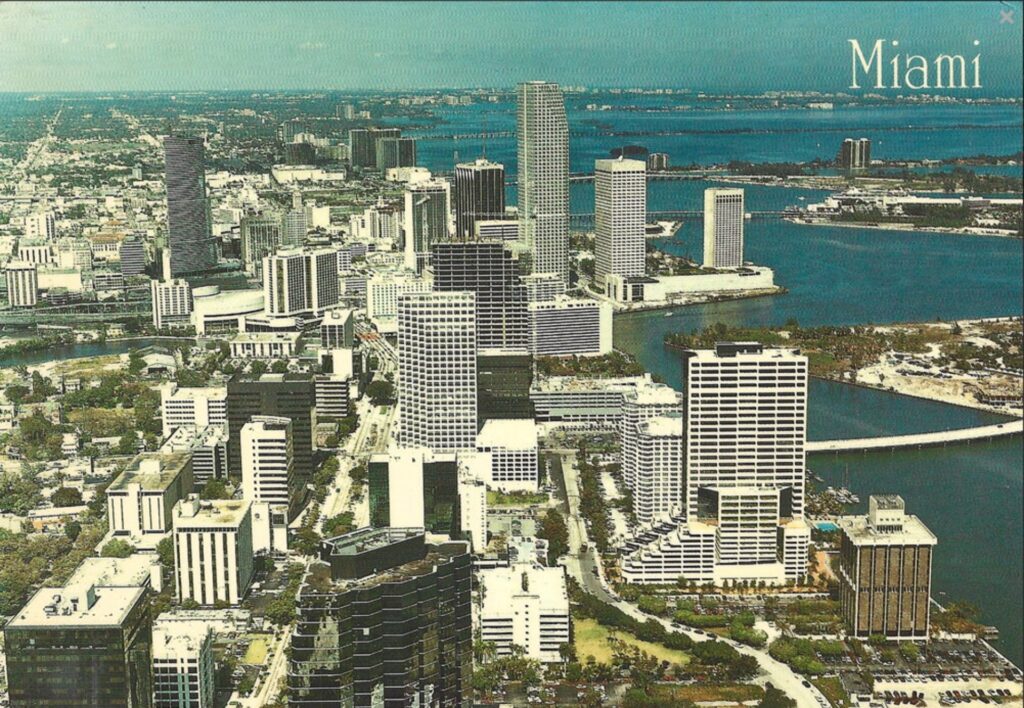
A quiet giant
Despite his flair for drama and innovation, Woronoff rarely sought public acclaim. Instead, his impact remains captured quietly but powerfully in the thousands of images his company produced. Each photograph in the API archive goes beyond merely historical data; it’s a silent narrative, a witness to decades of transformation. Woronoff’s camera documented the relentless march of suburban development, the ambitious expansion of highways, and the evolving patterns of coastal change.
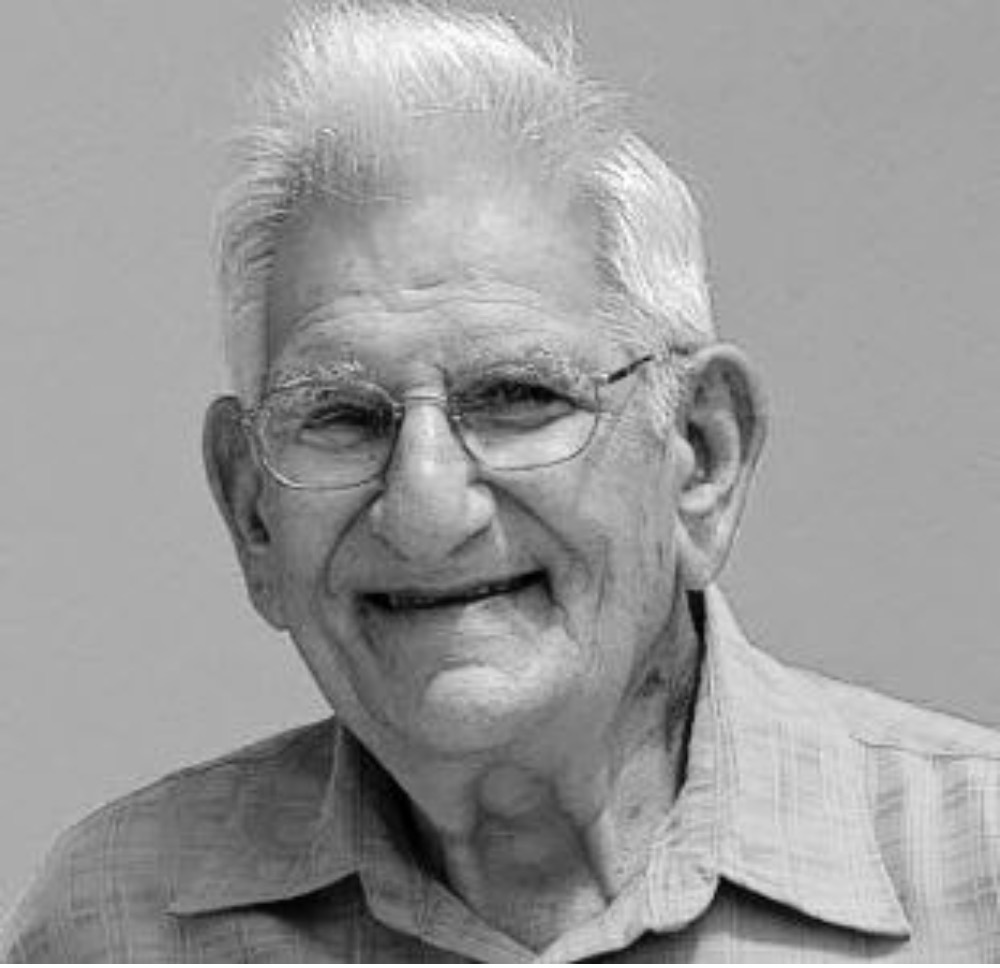
His remarkable images of Massachusetts and surrounding areas, now housed in the Frances Loeb Library at Harvard’s Graduate School of Design, form a visual archive of striking historical depth, recording the evolution of cities, highways, neighborhoods, and coastlines from 1953 to 2002. They’re available to view online, and I encourage you to explore them in their full resolution (see the collection here). Be sure to zoom in close on each photograph to reveal its striking detail.
Woronoff passed away in 2014, but his legacy endures vividly, offering historians and urbanists a lens through which to view America’s past growth. His life reminds us that sometimes history is best appreciated from a distance — high above, captured with clarity, daring, and perhaps just a touch of rebellion.
